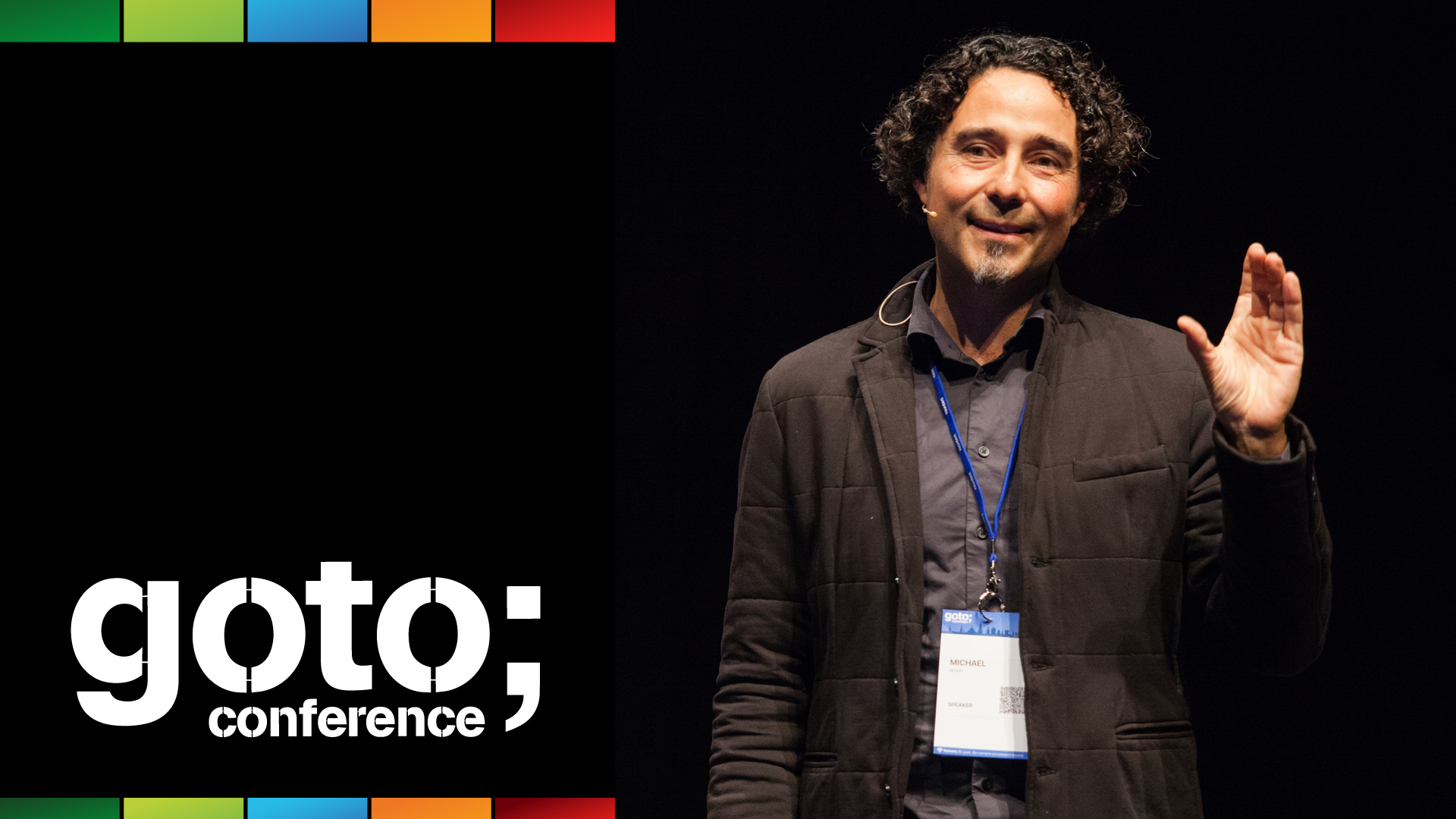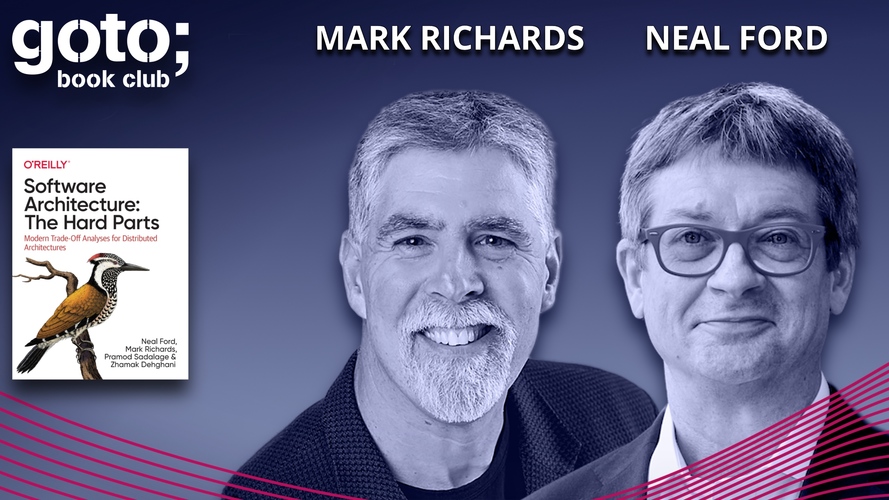culture
34 RESULTS
35:39

How Architecture & Culture Go Hand in Hand
GOTO Unscripted
47:44

Software-Defined Culture
GOTO Chicago 2017
43:26

Scaling Engineering Teams
GOTO Copenhagen 2017
29:13

When the 'Truth' no Longer Matters
GOTO Amsterdam 2017
38:14

How to Lead your Organisation’s AI-transformation: Strategies, Skills, and Culture
YOW! Sydney 2024
38:14

How to Lead your Organisation’s AI-transformation: Strategies, Skills, and Culture
YOW! Brisbane 2024
38:14

How to Lead your Organisation’s AI-transformation: Strategies, Skills, and Culture
YOW! Melbourne 2024
34:36

Sales & Tech - Our Differences Make the Difference
GOTO Amsterdam 2018
48:22

Build Agility with Design Sprints
GOTOpia November 2020
33:21

Common Retrospectives Traps and Solutions
GOTOpia November 2020
38:36

Agility at Scale: A Meeting of Mindsets
GOTOpia November 2020
35:09

Talking With Tech Leads
GOTOpia November 2020
36:19

The Development Metrics You Should Use (but Don’t)
GOTOpia November 2020
34:48

Stop Punching Yourself in the Face
GOTOpia November 2020
27:12

“Good Enough” Architecture part 2
GOTOpia November 2020
30:43

“Good Enough” Architecture part 1
GOTOpia November 2020
29:45

Five Things Every Developer Should Know about Software Architecture
GOTOpia November 2020
47:56

Technologists Around the Campfire: Social Audio as a Vector For Engineering Wisdom
GOTO Chicago 2023
29:40

The Sociotechnical Path to High-Performing Teams
GOTO Chicago 2023
40:56

"Zero Trust" is for Networks, Not Your Teams
GOTO Chicago 2023
45:19

Coaching Teams Through Team Change
GOTO Chicago 2023
34:59

More Buzzwords Won't Help: The Long History of DevOps Failures
GOTO Chicago 2023
54:54

Keynote: Meeting Resistance and Moving Forward
GOTO Chicago 2017
45:39

Calendars for Humans - How to Undo the All-day Cram
GOTO Chicago 2018
48:14

Lean Design Thinking
GOTO Copenhagen 2017
47:03

Dynamic Teams: Reteaming Patterns & Practices
GOTO Unscripted
51:56

Software Engineering at Google
November 3, 2022
42:16

Software Architecture: The Hard Parts
February 9, 2023

How Architecture and Culture Go Hand in Hand
April 25, 2024

Fun is a Serious Business in the Workplace: Holly Cummins
September 6, 2023

Modern Software Practices in a Legacy System
April 12, 2022
Browse all tags
Here


